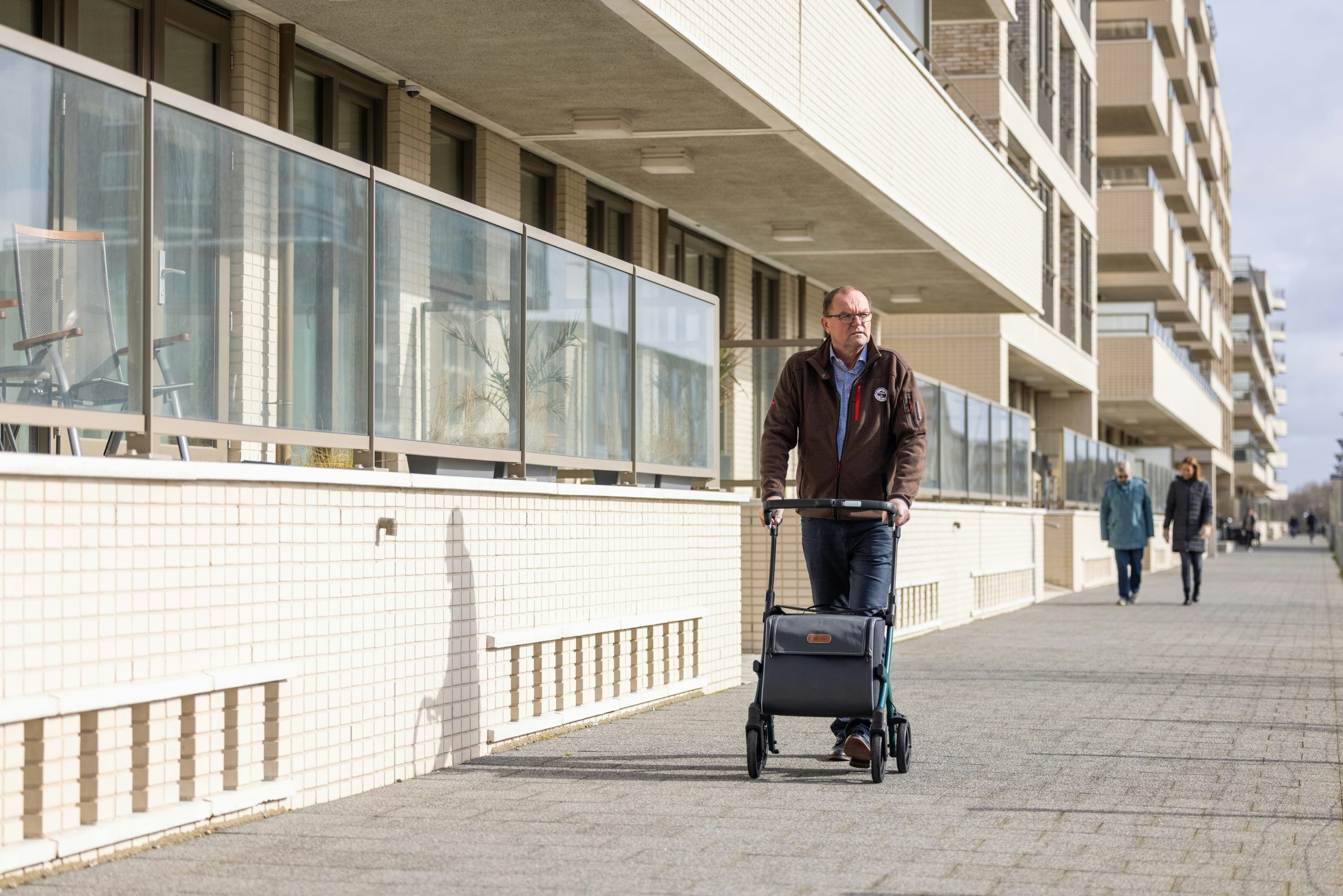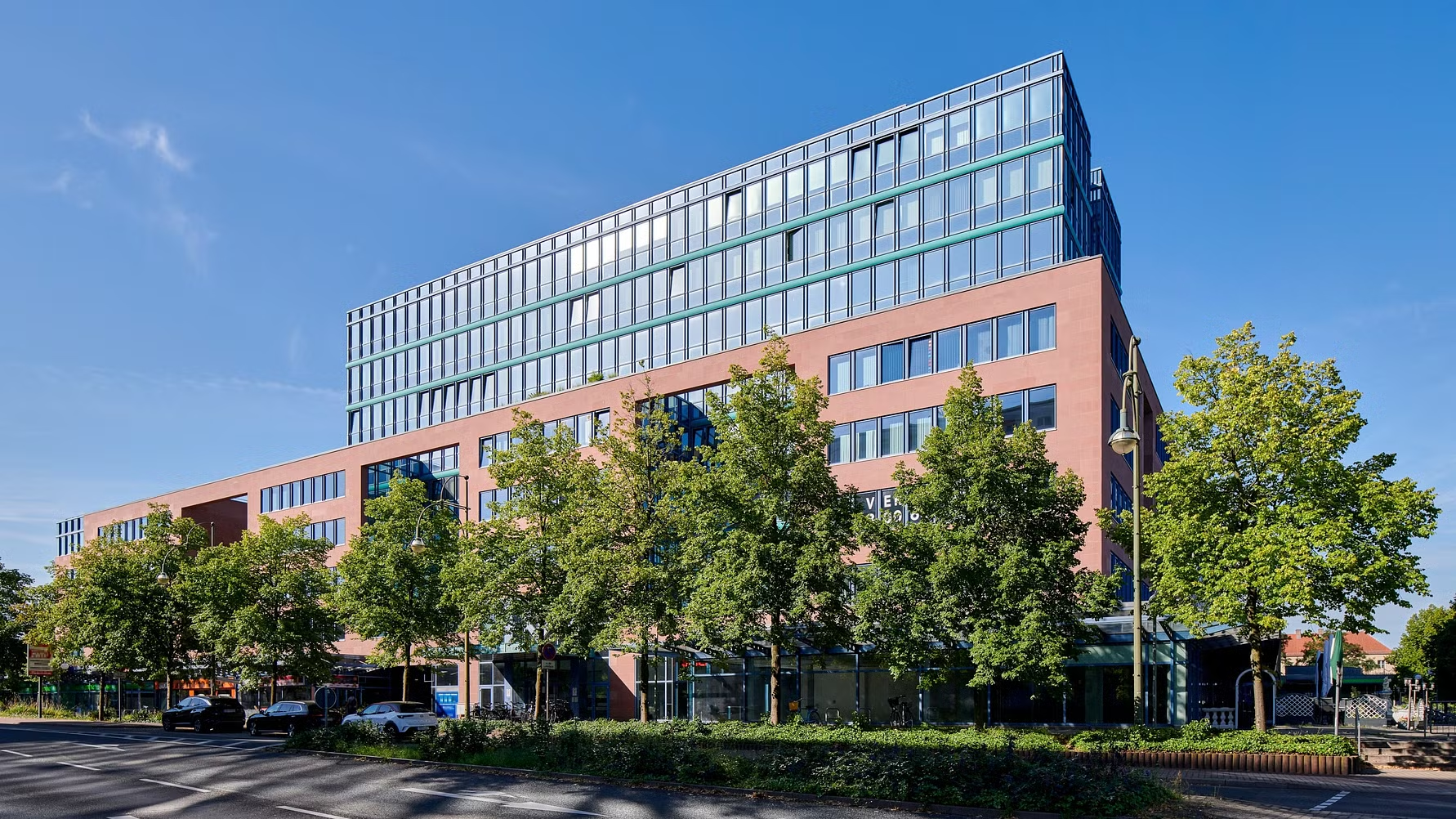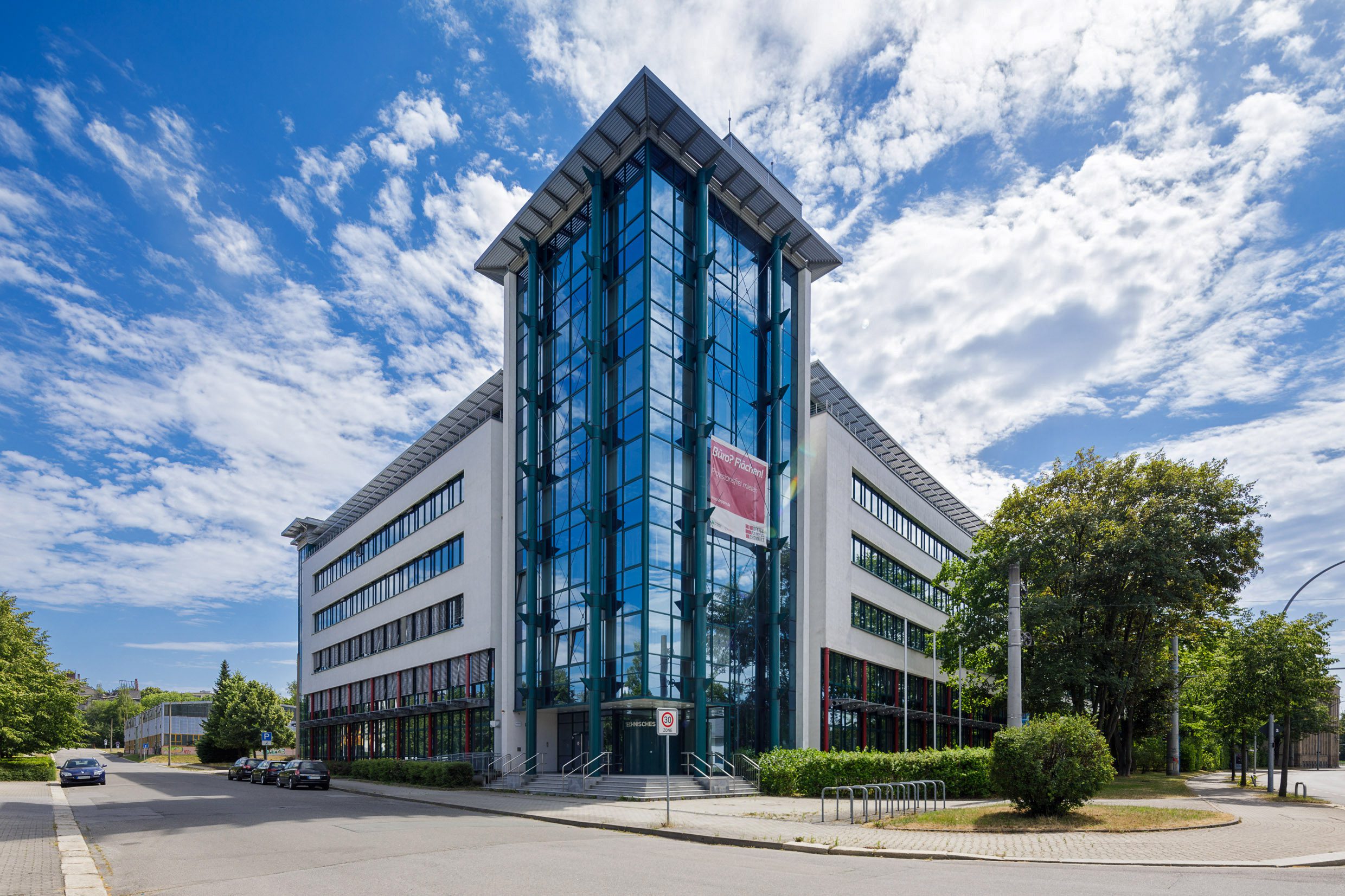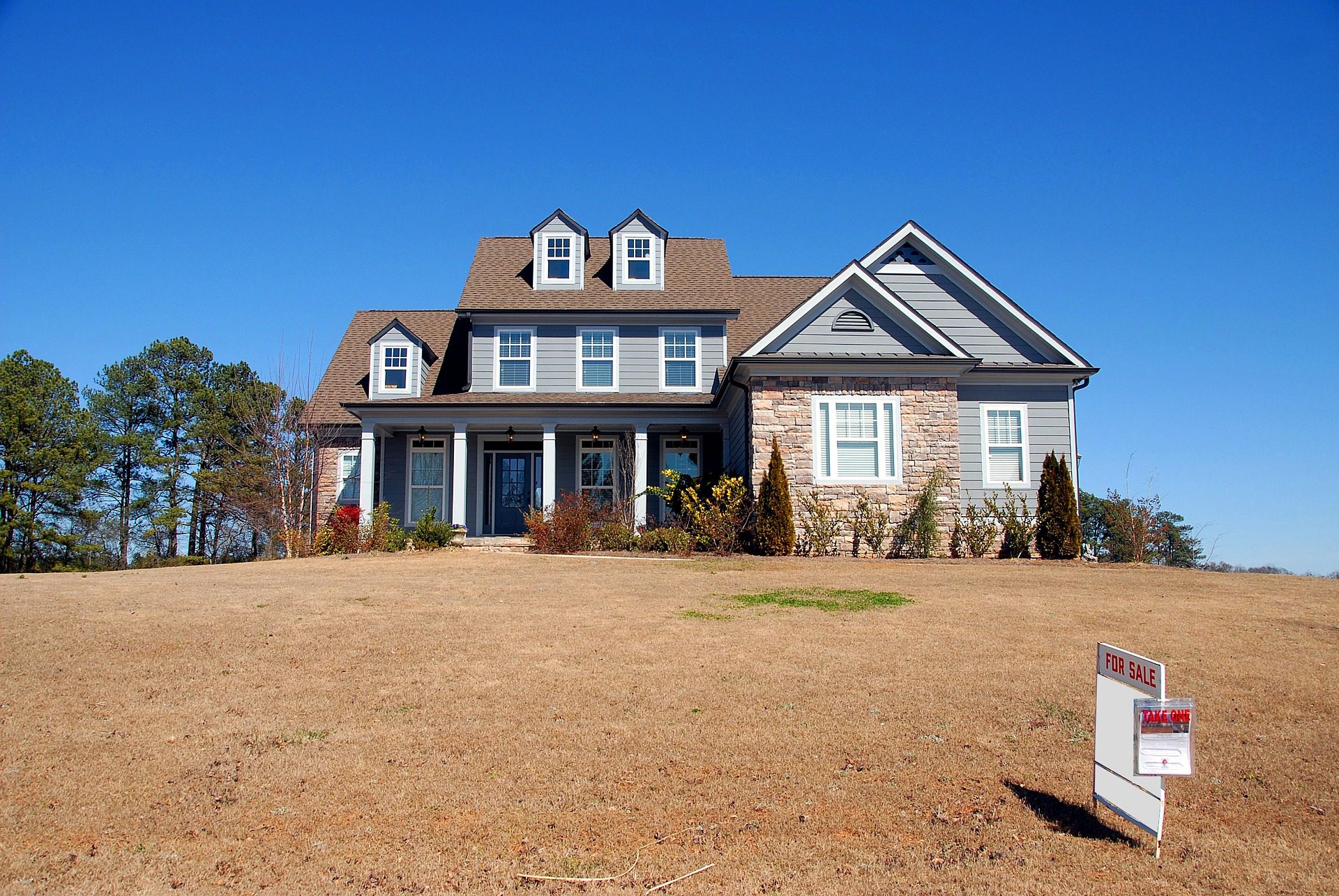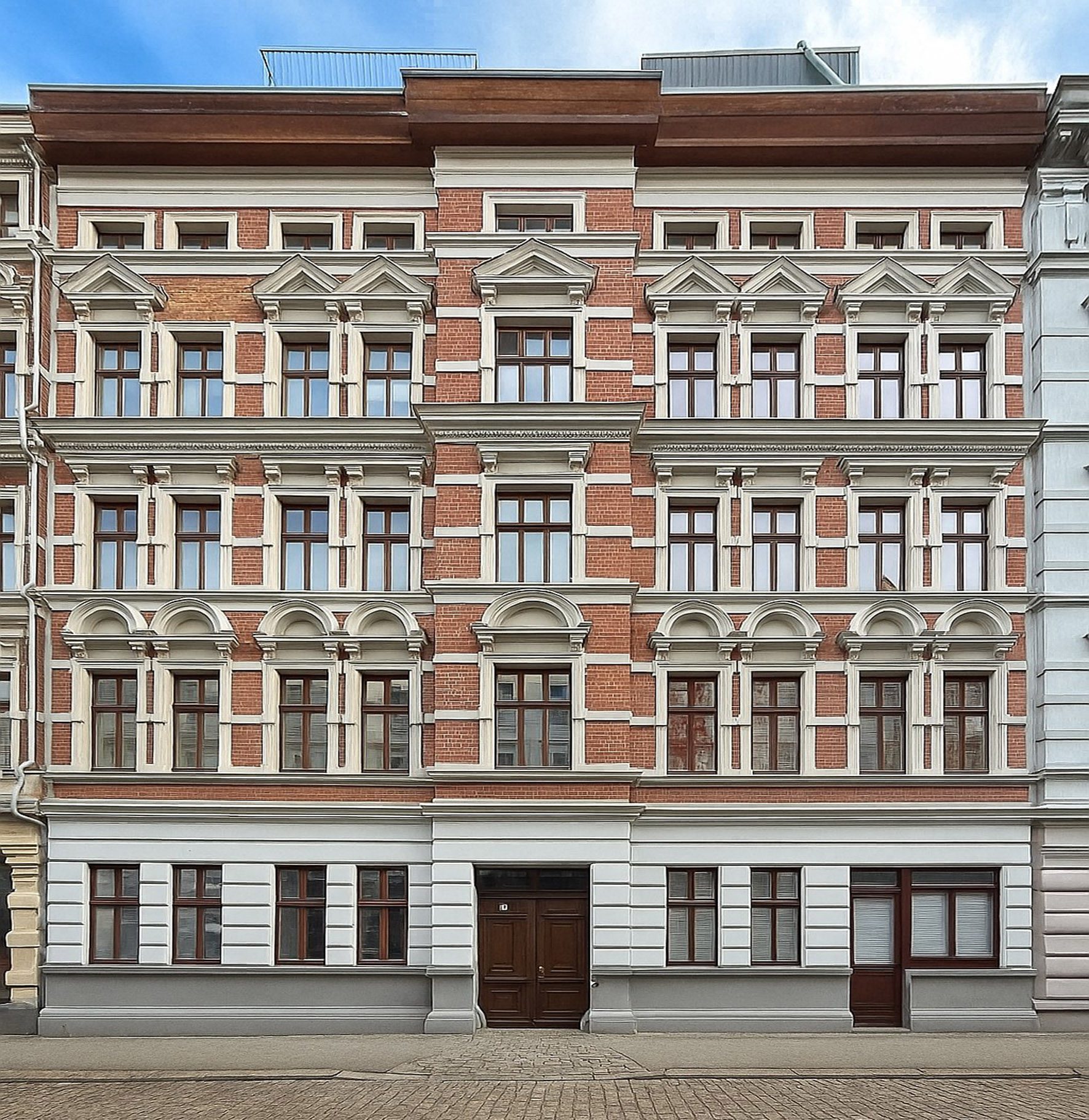After years of far-reaching changes, German city centres have stabilised significantly. This is shown by the recently published Highstreet Report 2025, which bulwiengesa has compiled for the sixth time in a row on behalf of Columbia Threadneedle and analyzes the development of A-locations in 100 German cities.
Trend reversal: Highstreets are on the rise again
The results are surprising: Contrary to many forecasts, the German highstreets are showing remarkable resilience. While inner-city shopping centers continued to lose stores (-2.6% or 171 stores), the actual highstreets were even able to increase again (+0.5% to 8,921 stores).
This development marks an important turning point: For the first time since the survey began in 2020, the number of shops in the classic shopping streets is rising again.
Gastronomy is becoming a frequency driver
The structural change towards more quality of experience and stay is clearly reflected in the figures. In 2025, gastronomy accounted for 15.8 percent of all stores (+3% year-on-year). With 2,413 shops, it is now the second largest product group in German city centres.
This trend is also reflected in visitor behaviour: 40 per cent of visitors to the city centre come specifically for the gastronomy – a significant increase compared to only 24 per cent in 2020.
New players as frequency generators
The analysis identifies clear winners of the structural change: Discounting multi-range retailers such as Woolworth (+27 stores) are expanding strongly. Woolworth, Tedi and Action together now operate 112 stores in German city centers – an increase of 49 stores since 2020. These companies are de facto taking on the role of traditional department stores as frequency generators and anchor tenants.
New concepts are also establishing themselves in the catering industry: The Cinnamood chain, which was only founded in 2022, is already represented with 18 locations.
RIWIS MacroScore for more precise site assessment
For the Highstreet Report 2025, bulwiengesa is using the new RIWIS MacroScore for the first time. The data-based model evaluates real estate locations based on 22 indicators from four categories: market, economy, sociodemographics and infrastructure. The 100 cities examined are divided into five groups according to their scores.
The detailed city analysis reveals considerable regional disparities: While Hanover has the highest degree of chain stores at 78.7 percent, other cities are significantly lower.
Conclusion: Transformation instead of decline
The study shows that German city centres are undergoing a transformation into multifunctional experience spaces. Those who are willing to break new ground and support innovative concepts can create urban spaces full of life.
All detailed results and interactive data evaluations can be found on the Columbia Threadneedle website. In cooperation with bulwiengesa, CT Investments in Munich has developed an interactive tool in RIWIS that provides an overview of the tenant and occupancy structures of the German highstreets: https://app.riwis.de/features/highstreet-report/main
The report can be downloaded in our “Publications” section.



